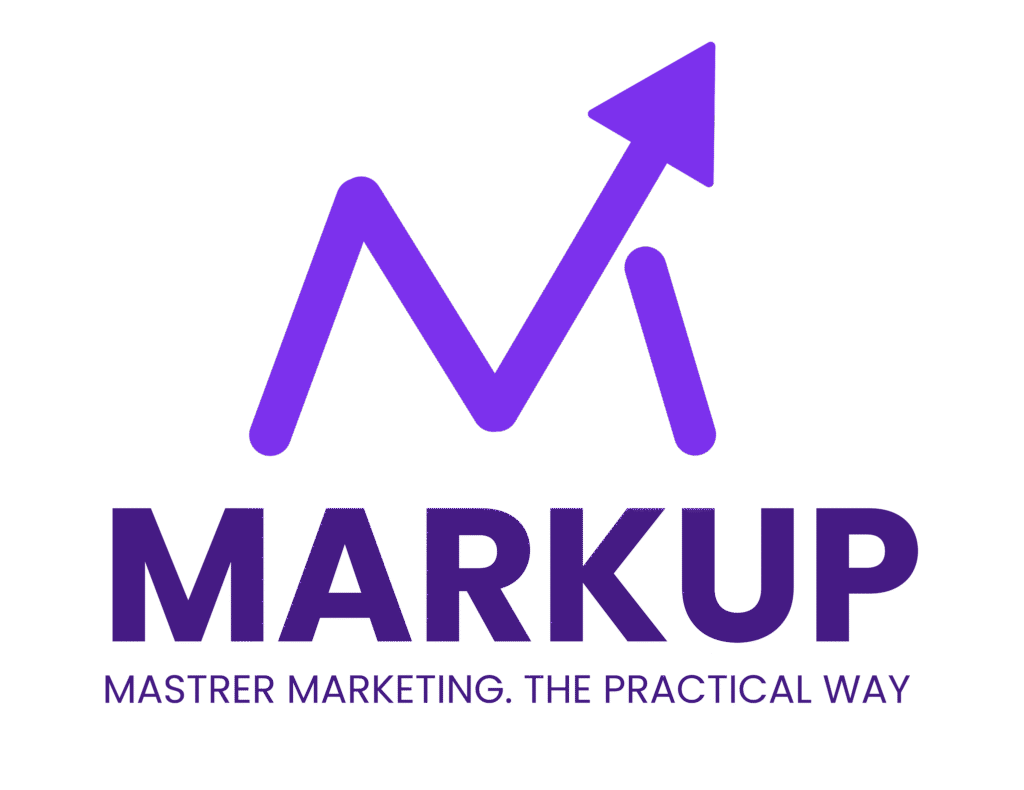You’ve launched the campaign. The emails are out. The reels are posted. The blogs are live. But now what?
If you don’t know what worked (or didn’t), you’re flying blind. This is where analytics and reporting step in—not just as a post-campaign chore, but as a real-time compass guiding every decision.
In the digital age, data isn’t a luxury—it’s the language of smart marketing. And those who know how to read it, win.
For students stepping into marketing roles or running real-world campaigns through the MarkUp OJT program, analytics and reporting are your keys to understanding performance, optimizing strategy, and proving impact.
Let’s explore how.
What Is Marketing Analytics?
Marketing analytics is the practice of measuring, managing, and analyzing marketing performance to maximize effectiveness and ROI.
It answers questions like:
- Which campaigns drive the most traffic?
- What content performs best?
- Where are users dropping off?
- Which channels give the best return?
- Which campaigns drive the most traffic?
Good analytics turns noise into insights. Great marketers turn those insights into action.
What Is Reporting?
While analytics is about gathering and interpreting data, reporting is how you present it.
Think of it like this:
- Analytics = insights
- Reporting = storytelling with data
- Analytics = insights
It involves visualizing KPIs (Key Performance Indicators), summarizing trends, and sharing learnings with stakeholders or teams.
Why Analytics & Reporting Matter
According to McKinsey, data-driven organizations are 23 times more likely to acquire customers, 6 times more likely to retain them, and 19 times more likely to be profitable.
In short:
- You can’t improve what you don’t measure.
- You can’t scale what you don’t understand.
- And you can’t convince anyone without clear numbers.
- You can’t improve what you don’t measure.
For student marketers, this is how you prove your work’s value—and get buy-in for bold ideas.
Core Metrics Every Marketer Should Know
1. Website Metrics (via Google Analytics, Zoho, or HubSpot)
- Sessions & Pageviews
- Bounce Rate
- Average Time on Page
- Conversion Rate (form fills, downloads, purchases)
- Top Traffic Sources
- Sessions & Pageviews
2. Social Media Metrics
- Reach & Impressions
- Engagement Rate (likes, shares, comments)
- Follower Growth
- Click-through Rate (CTR)
- Reach & Impressions
Use platform tools like Instagram Insights, LinkedIn Analytics, and Meta Business Suite.
3. Email Metrics
- Open Rate
- Click-through Rate (CTR)
- Unsubscribe Rate
- Bounce Rate
- Open Rate
Tools: Mailchimp, Zoho Campaigns, Brevo (Sendinblue)
4. Campaign-Specific Metrics
- Cost Per Click (CPC)
- Cost Per Lead (CPL)
- Return on Ad Spend (ROAS)
- Customer Acquisition Cost (CAC)
- Customer Lifetime Value (CLTV)
- Cost Per Click (CPC)
Real-World Example: Analyzing a Product Launch
Let’s say your team launched a new P2P payments app campaign across Instagram, email, and paid ads.
Here’s how analytics help:
- Email had a 42% open rate but only 5% CTR. You revise the CTA placement.
- Instagram Reels drove 1,500 profile visits but only 200 clicks. You optimize the link placement and add a better hook.
- Paid ads on Google had a high CPC, so you pause those and double down on Meta ads.
- Email had a 42% open rate but only 5% CTR. You revise the CTA placement.
Through weekly reporting, your team improves messaging, reallocates budget, and boosts sign-ups by 35% in two weeks.
That’s the power of analytics in action.
Reporting Cadence & Best Practices
- Weekly Dashboards: Key numbers at a glance for team sync-ups
- Monthly Reports: In-depth breakdowns of campaigns, performance, learnings
- Quarterly Reviews: Strategic insights, channel comparisons, growth trajectory
- Weekly Dashboards: Key numbers at a glance for team sync-ups
Pro Tips:
- Use visuals: charts > spreadsheets
- Compare against benchmarks or previous periods
- Highlight wins, misses, and what’s next
- Make it audience-friendly (don’t overwhelm with jargon)
- Use visuals: charts > spreadsheets
Tools for Student Marketers
Free / Freemium Tools to Start:
- Google Analytics 4 – website behavior tracking
- Zoho Analytics – customizable dashboards
- Meta Ads Manager – paid ad metrics
- Mailchimp Reports – email campaign analytics
- Canva Graphs – for creating clean visuals
- Google Analytics 4 – website behavior tracking
If you’re just starting, Google Looker Studio (formerly Data Studio) is a great way to create dynamic dashboards without code.
The MarkUp Advantage
At MarkUp, we don’t just teach you to create content or launch campaigns—we teach you to track, analyze, and improve them.
As part of your OJT journey, you’ll:
- Build your own dashboards
- Create weekly performance reports
- Present data insights to mentors and peers
- Learn to use numbers to make strategic decisions
- Build your own dashboards
Whether you’re pitching a new idea, evaluating a campaign, or presenting to leadership—data will be your strongest ally.
References
- HubSpot. (2024). State of Marketing Report. https://www.hubspot.com/state-of-marketing
- McKinsey & Company. (2023). The value of data-driven marketing. https://www.mckinsey.com/business-functions/marketing-and-sales/our-insights
- Statista. (2024). Internet usage and marketing statistics. https://www.statista.com/
- LinkedIn. (2024). State of Sales Report. https://business.linkedin.com/sales-solutions/state-of-sales
- Google Analytics. (2024). Measurement Fundamentals. https://analytics.google.com/analytics/academy/
- Mailchimp. (2024). Email Marketing Benchmarks. https://mailchimp.com/resources/email-marketing-benchmarks/
- Salesforce. (2023). CRM Trends and Predictions. https://www.salesforce.com/blog/category/crm/



